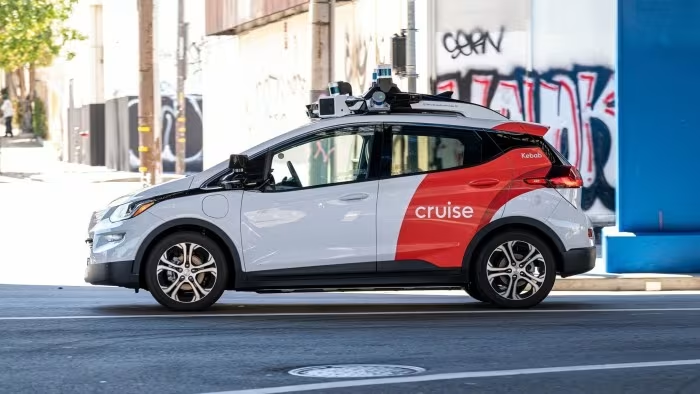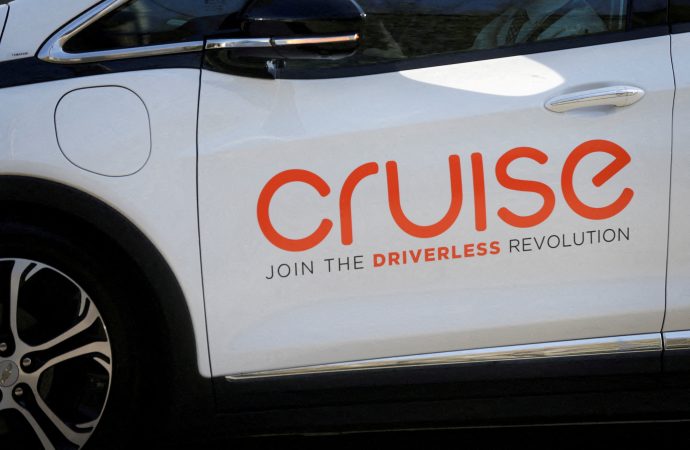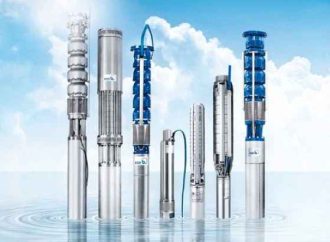Introduction: In a significant setback for GM’s Cruise, the company has announced the suspension of all driverless car fleets following a ban imposed by the state of California. This decision has raised concerns about the future of autonomous vehicle development and its potential implications for the industry. In this article, we delve into the reasons
Introduction:
In a significant setback for GM’s Cruise, the company has announced the suspension of all driverless car fleets following a ban imposed by the state of California. This decision has raised concerns about the future of autonomous vehicle development and its potential implications for the industry. In this article, we delve into the reasons behind the ban, analyze the challenges faced by GM’s Cruise, and assess the broader impact on the advancement of self-driving technology.
Reasons Behind the Ban:
The ban on GM’s Cruise driverless car fleets in California stems from concerns over safety and regulatory compliance. The state’s authorities have implemented stricter regulations and requirements for autonomous vehicle testing and deployment, aiming to ensure public safety and address potential risks associated with self-driving technology. While these measures are intended to enhance safety, they have posed significant challenges for companies like GM’s Cruise.
Challenges Faced by GM’s Cruise:
GM’s Cruise, like other autonomous vehicle developers, faces numerous challenges in navigating the complex landscape of self-driving technology. These challenges include technological limitations, regulatory hurdles, public perception, and the need for extensive testing and validation. The ban in California further exacerbates these challenges, forcing GM’s Cruise to reassess its strategies and adapt to the evolving regulatory environment.

Image by: https://www. ft.com
Implications for Autonomous Vehicle Development:
The suspension of GM’s Cruise driverless car fleets in California raises broader questions about the future of autonomous vehicle development. It highlights the need for a balanced approach that prioritizes safety while fostering innovation. The ban may lead to delays in testing and deployment, impacting the timeline for widespread adoption of self-driving technology. However, it also underscores the importance of robust regulatory frameworks and collaboration between industry stakeholders and government authorities to ensure the responsible development and deployment of autonomous vehicles.
Conclusion:
The suspension of GM’s Cruise driverless car fleets following California’s ban represents a significant setback for autonomous vehicle development. It underscores the challenges faced by the industry in balancing safety, regulatory compliance, and technological advancement. As the industry continues to evolve, it is crucial for companies like GM’s Cruise to navigate the regulatory landscape effectively, address safety concerns, and work towards building public trust in self-driving technology. The future of autonomous vehicles hinges on finding the right balance between innovation, safety, and regulatory oversight.





















Leave a Comment
Your email address will not be published. Required fields are marked with *